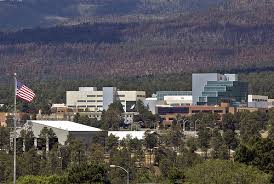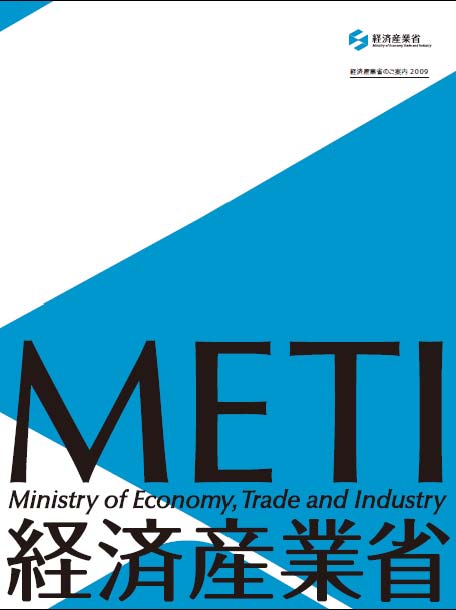James Doyle spent seventeen years as a nuclear policy specialist at the U.S. Los Alamos National Laboratory (LANL). The LANL receives about two billion dollars each year for work that includes nuclear weapons development. Last year Doyle published an article titled “Why Eliminate Nuclear Weapons?” in the journal Survival: Global Politics and Strategy. This journal is published by the International Institute for Strategic Studies in the U.K. Following the publication of this article, Doyle lost his job at LANL.
Doyle’s article pointed out that nuclear weapons no longer provided strategic utility or value as a deterrent for war. He said that eliminating nuclear weapons would strongly increase international security. He also said that he thought that now was a good time to hold serious discussions about global nuclear disarmament. Although President Obama supports nuclear disarmament, he did not think that it would happen in his lifetime. Doyle suggested that it should be possible to achieve total nuclear armament in thirty four years which would mean that the world would have eliminated nuclear weapons before the one hundredth anniversary of the dropping of atomic bombs on Hiroshima and Nagasaki at the end of the Second World War. There are still advocate for nuclear weapons but many respected voices in the world of global security agree publicly with the ideas expressed in Doyle’s article.
Doyle’s dismissal from LANL is detailed in a report by the Center for Public Integrity. Because Doyle wrote his article at home outside of working hours, he was not obligated to show the article to LANL for what is called a “classification” review. However, Doyle did submit the article to LANL for review. One of Doyle’s coworkers said that while the scientists at LANL had no problem with the article, LANL management was upset. Doyle published his article on February 1st of 2013, having been told by the staff who handled classification reviews that there was no classified information in his article.
Around the time of the publication of the article, the LANL and their Republican allies on the House Armed Services Committee were trying to get funding for a new multibillion dollar facility at LANL. This new facility would manufacture the small plutonium spheres that form the heart of nuclear warheads. Despite resistance against the new facility from the Obama administration, a Republican Congressman managed to get an amendment attached to the bill for the project. According to the amendment, the facility had to be completed by 2024. Obama did sign the bill including the amendment. Appropriation of funds for the facility is still being debated. Obviously, a call for total nuclear disarmament could have a negative effect on support for the planned facility.
Five days after the article was published, Doyle was told that senior LANL managers wanted copies of all of the more than one hundred articles that he had written during his time at the LANL. On that same day, Doyle was told that his article did contain classified information. Seven days after the publication of the article, the head of the classification review department told Doyle that his article needed to be withdrawn from publication because it contained classified information. Doyle was forced to give up his home computer so that all copies of his article could be erased. In addition, he lost his high-level security clearance. Doyle fought back for several months, protesting his treatment and the reclassification of his article by the LANL.
Doyle was ultimate fired from his position at LANL on July 8th, 2014. LANL representatives claim that it all just part of a regular planned program of layoffs at the lab. Doyle and his supporters are skeptical of the LANL excuse and say that Doyle was fired improperly for political reasons. After all, his article was supporting the publicly expressed policy position of the U.S. President with respect to nuclear disarmament.
Los Alamos Nuclear Laboratory:







